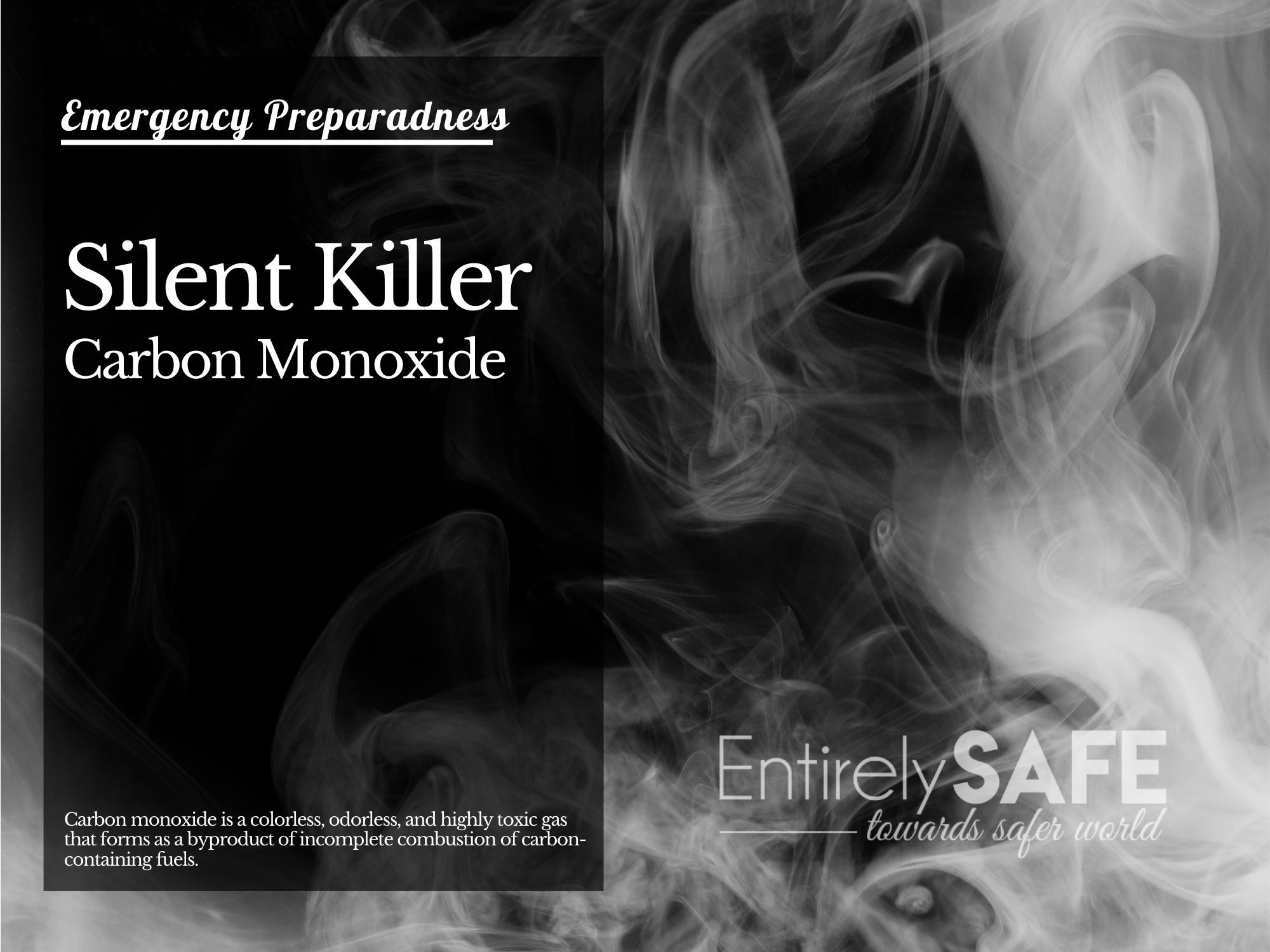Carbon Monoxide, the Silent Killer

When carbon monoxide (CO) is inhaled, it enters the bloodstream and binds to hemoglobin in red blood cells with an affinity 200 to 250 times stronger than that of oxygen. This affinity results in the displacement of oxygen from the bloodstream, leading to reduced oxygen delivery to vital organs and tissues. The lack of oxygen can cause severe tissue damage and, in some cases, be fatal.
Carbon monoxide’s impact on the body can lead to several health effects, including:
Tissue Hypoxia
The reduced availability of oxygen due to CO poisoning can result in tissue hypoxia, leading to cell damage and potential organ failure. Vital organs, such as the brain and heart, are particularly susceptible to the effects of oxygen deprivation.
Cardiovascular Effects
CO can cause various cardiovascular effects, including irregular heart rhythms, decreased heart function, and an increase in the risk of heart attacks. These effects can be particularly dangerous for individuals with pre-existing cardiovascular conditions.
Neurological Impairment
The brain is highly sensitive to oxygen deprivation. CO poisoning can lead to neurological impairment, causing symptoms such as confusion, dizziness, headaches, seizures, and, in severe cases, loss of consciousness and coma.
Conclusion
In cases of carbon monoxide poisoning, the implications for the body can be severe, potentially leading to tissue damage, organ failure, and even death. However, the most effective approach lies in the prevention of exposure to carbon monoxide in the first place. Implementing preventive measures, such as regular maintenance of heating systems, the installation of carbon monoxide detectors, and proper ventilation in enclosed spaces, is paramount. Prioritizing these preventive strategies significantly reduces the risk of carbon monoxide poisoning, highlighting the importance of proactive measures over the reactive responses in safeguarding individuals from this lethal gas.

